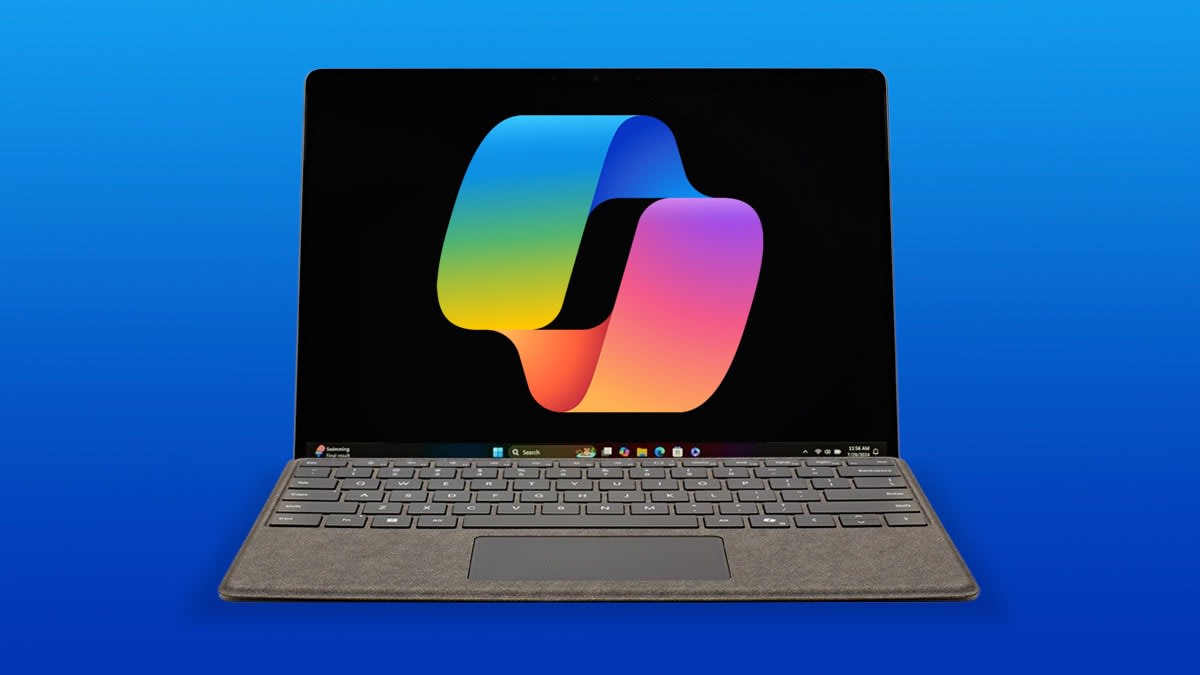No, there are instances where they might help. But right now the pickings are mighty slim, especially for the average PC user.
The latest version of Microsoft Paint has an AI PC feature called “generative fill” that allows you to add a new element to a photo by simply typing a description into a box. You can, for example, request a “friendly-looking orange cat” and presto, you’ve got yourself a feline.
Neat, but not something you’re going to miss once the shine wears off. Adobe Photoshop has a similar feature (with the same name, no less) and it’s accessible on a run-of-the-mill laptop.
XSplit’s VCam uses AI to remove backgrounds from video calls. Once again, most laptops already handle this task just fine. But NPUs promise greater accuracy and speed, not to mention a reduction in that weird shimmering effect you see on virtual backgrounds.
Because all of this sounds a little thin to me—cool, but nothing vital to a consumer laptop—I asked the chip makers AMD and Intel for thoughts on what I’m missing. After all, it’s their NPUs that power these next-generation PCs. What exactly should consumers be on the lookout for?
“AI PCs won’t be defined by any one application,” AMD responded. What the company is looking at is more of a fundamental change in “how consumers interact with their PCs.”
Intel didn’t respond to our request for comment.
To start, natural speech will play a much bigger role in the user experience. With Samsung phones and laptops, for example, you’ll soon be able to request the photo you shot last summer of the kids and the dog racing around on the beach, and your device will be able to interpret your request, find that very image, and pull it from your library.
If you ask the device how to bump up the text on your screen so it’s easier to read, you’ll be sent straight to the appropriate setting. No more combing through menus in search of the right terminology. Accessibility features? Vision?
And when you ask the device for restaurant recommendations, you’ll be presented with the opportunity to update your calendar with the reservation date and time, and text a summarized review of the establishment to your guests.
In short, your devices will get better at anticipating what you’re trying to do, particularly when it comes to productivity tools, content creation, and security, according to AMD, with categories like gaming benefiting in the near future.
The popular media playback app VLC will soon add live subtitling, too. (That one did catch my attention.) Say you’re watching a movie in French but need English subtitles. At the moment, you have to download the subtitles from a website and then load them into the app.
It’s cumbersome, to be sure. But if your computer has an NPU—even a GPU, as it turns out—this new feature can feasibly create English subtitles in real time right there on your computer, VLC told us. The demo looks impressive. I look forward to trying the real thing out once it’s released. (No word yet on when that will happen.)
Still, the promise of AI PCs hinges on the idea that local AI processing will become increasingly critical as software evolves. And that may one day be true, particularly when sensitive personal habits and data are factored into the process. It’s possible that companies like Adobe, Microsoft, and Nvidia will create compelling new features that require the use of NPUs, too. But if you ask me, you should never buy a tech product based on what it might do in the future.
For now, the benefits are too niche and too incremental. Unless you’re a pro who works with high-end AI applications, stick with a plain ol’ laptop for a while longer.
Source link
